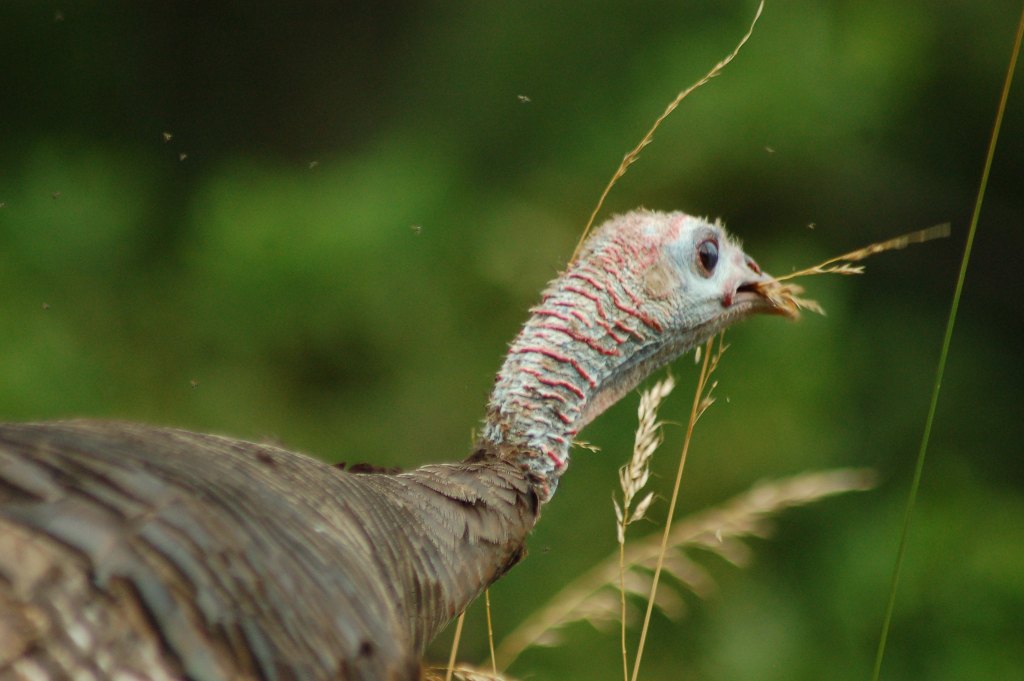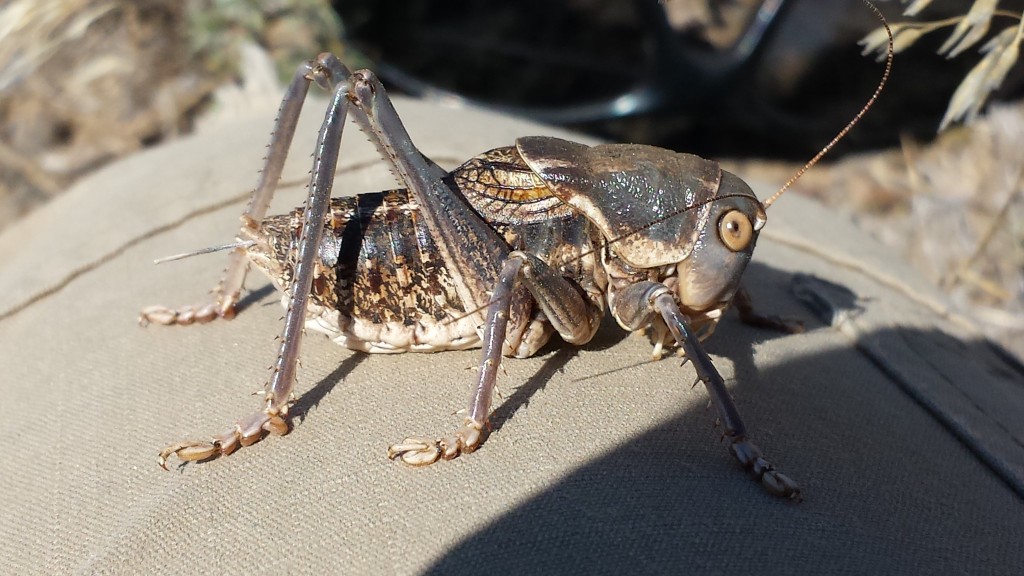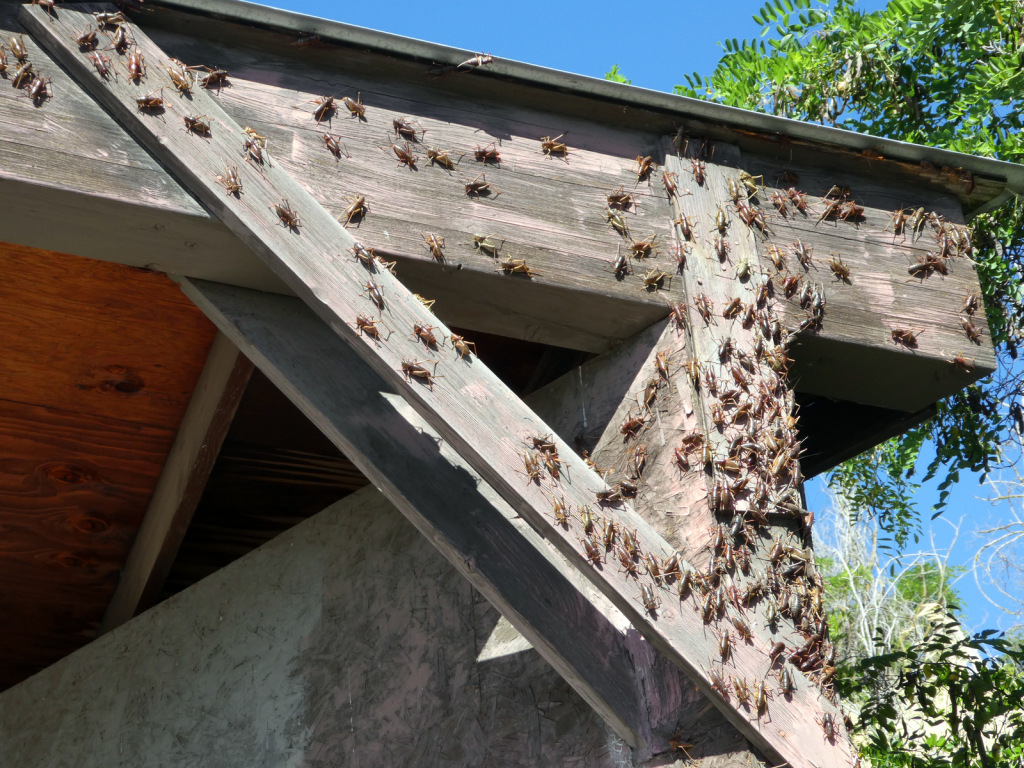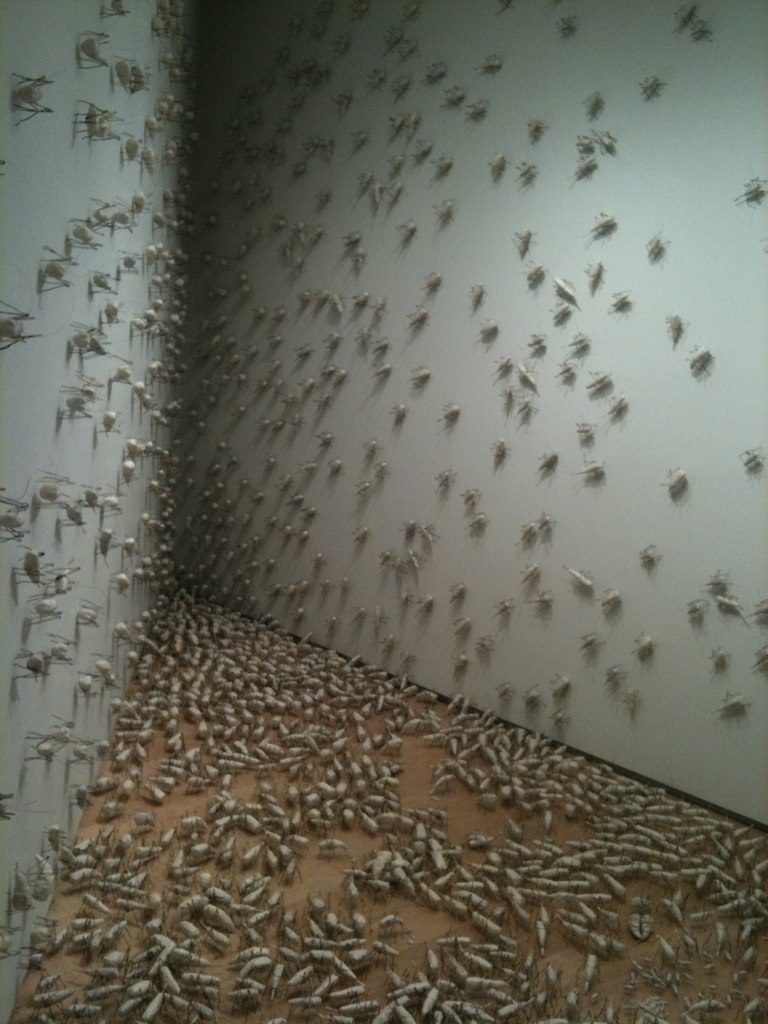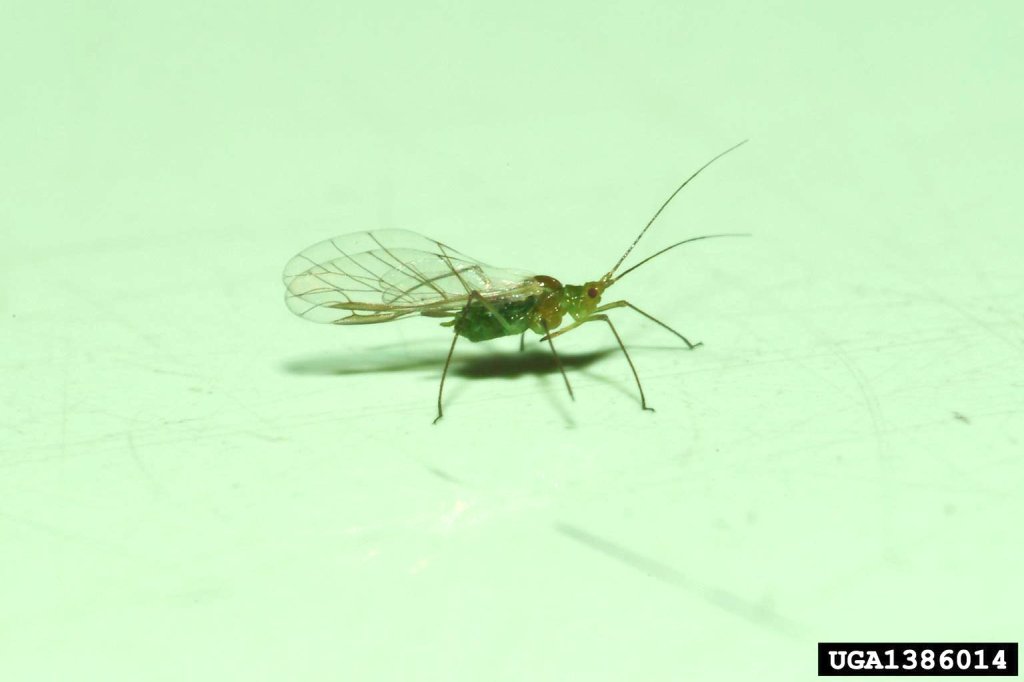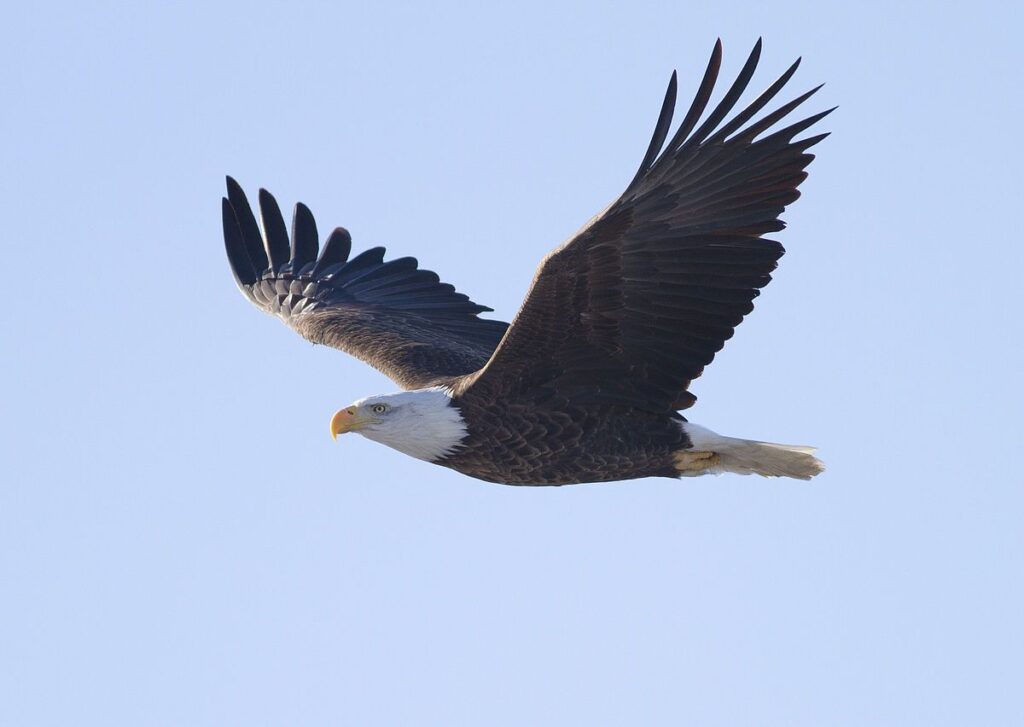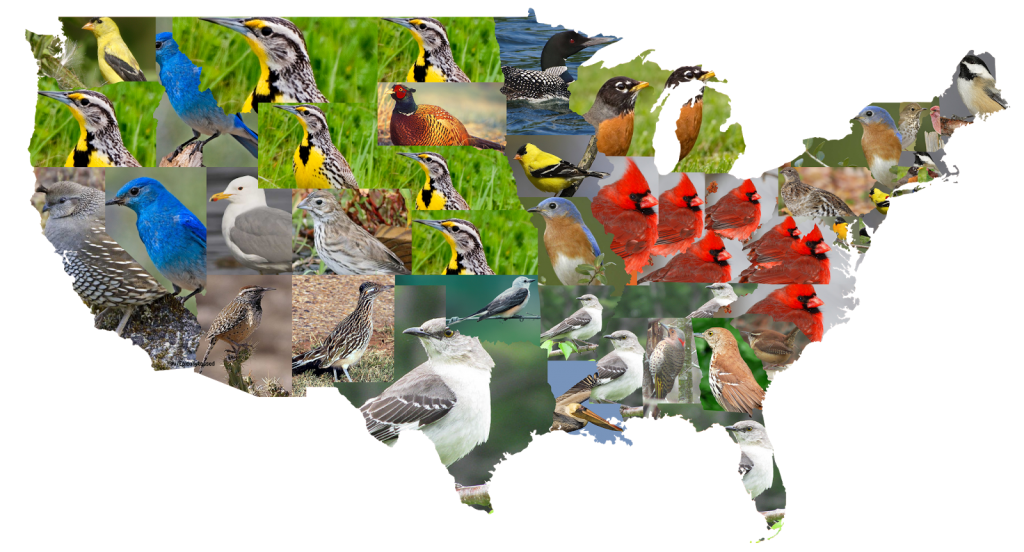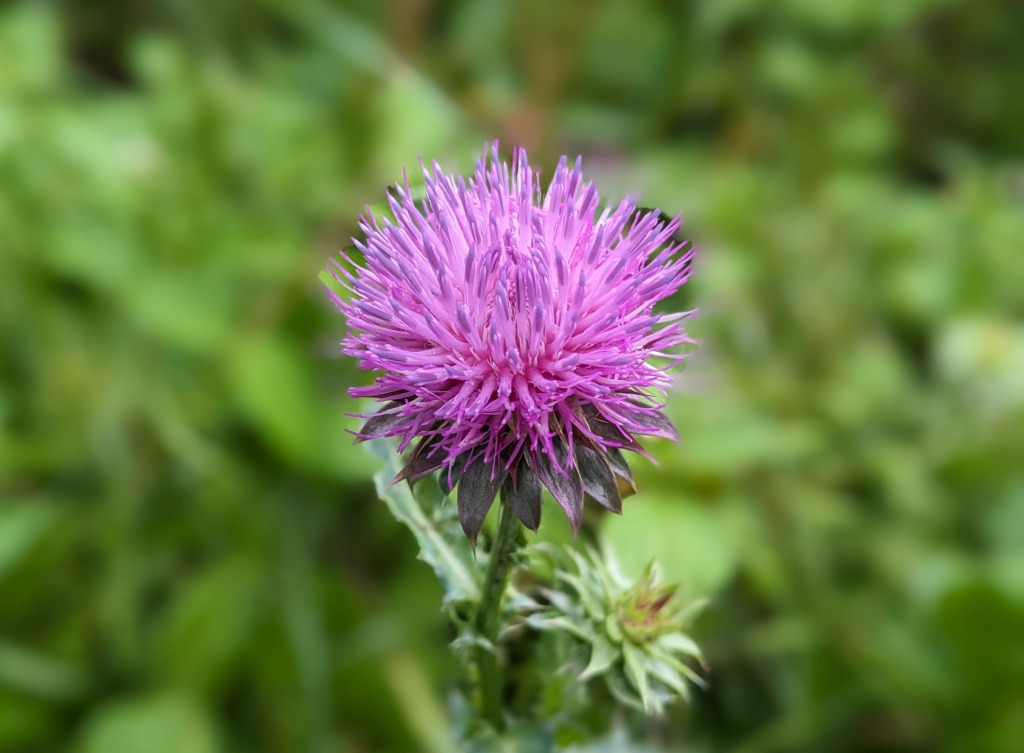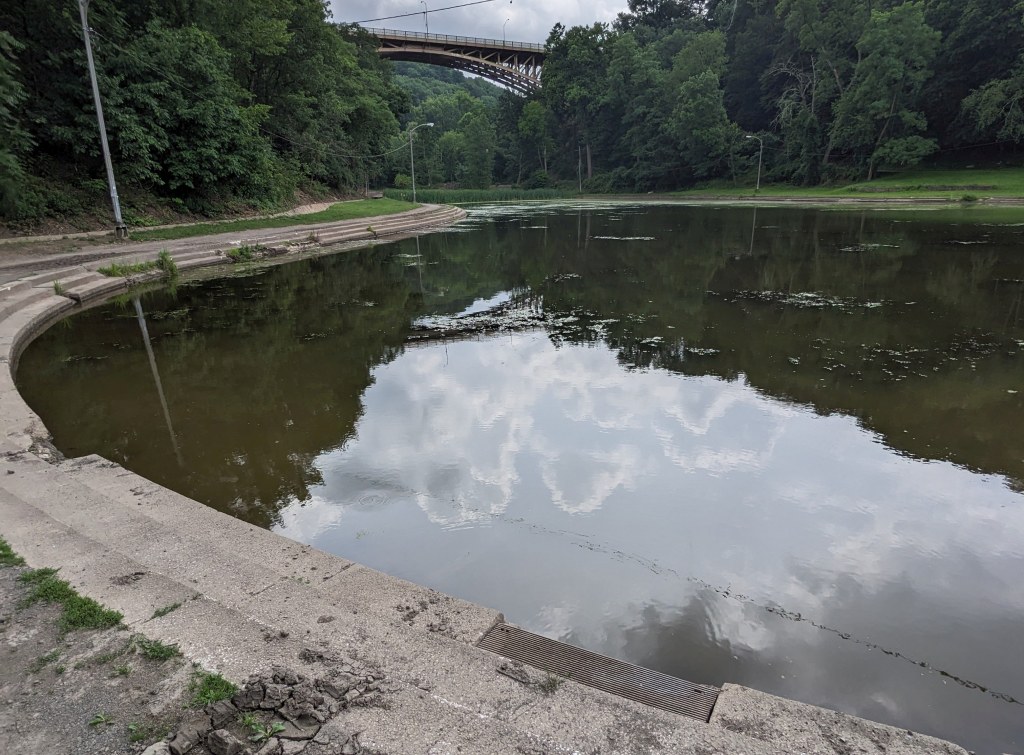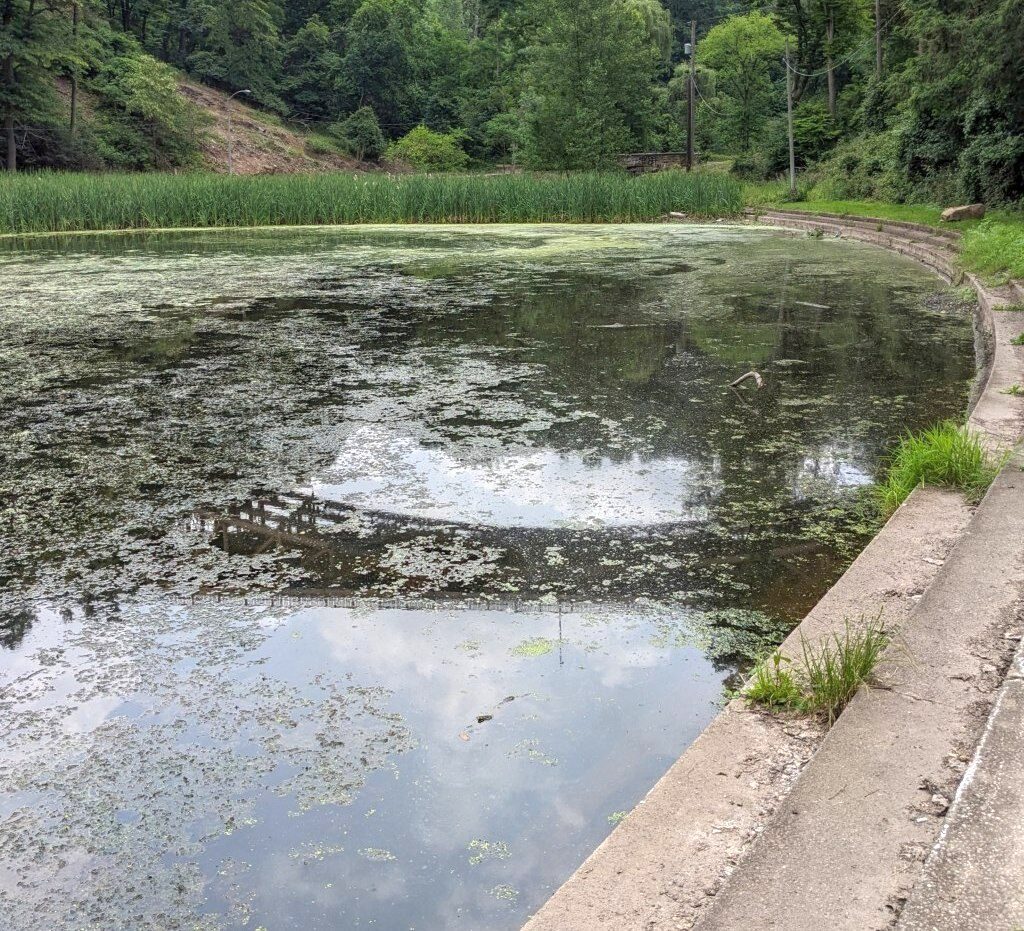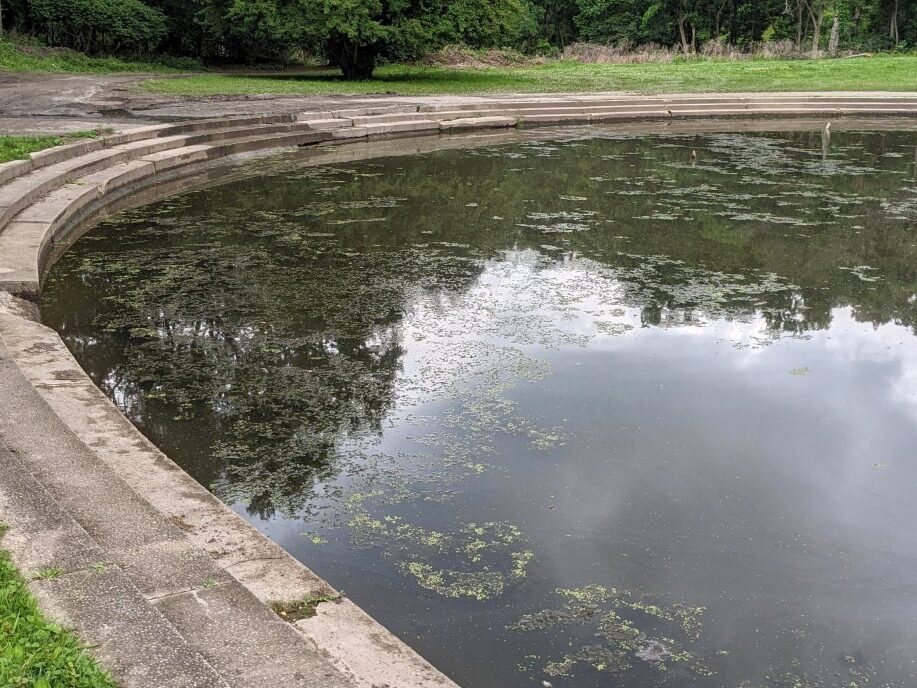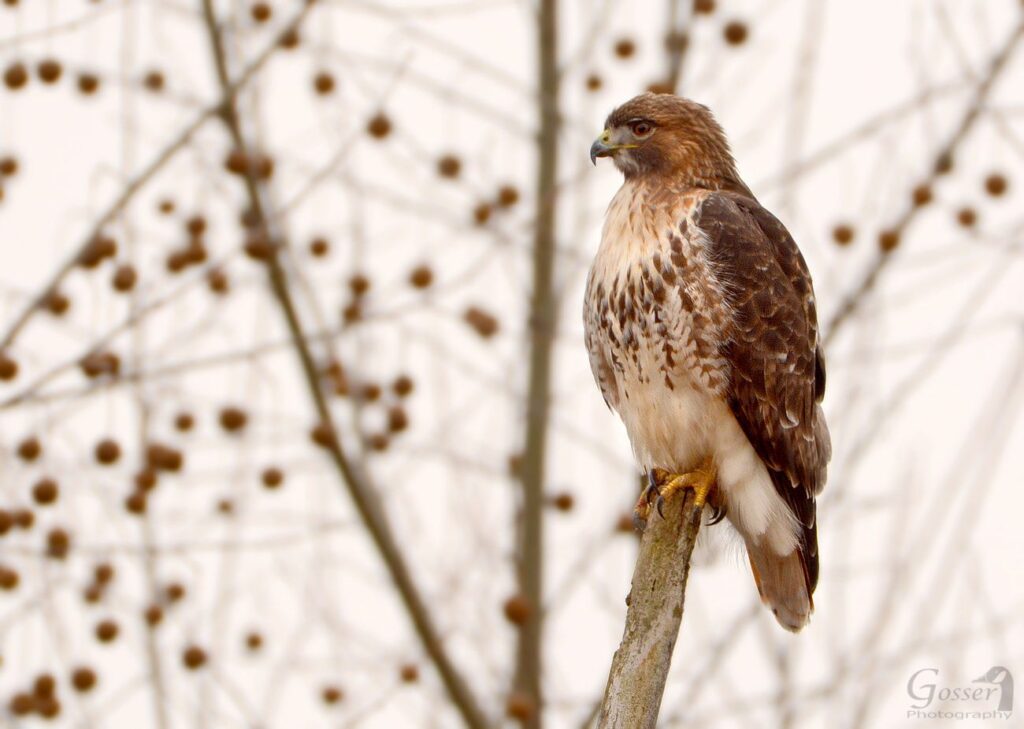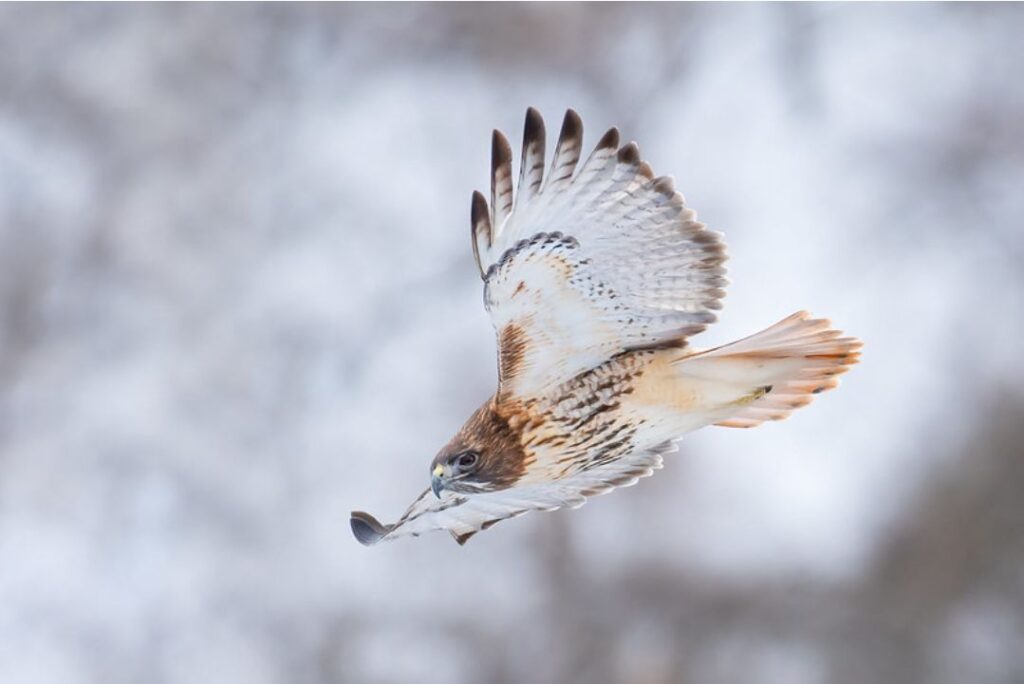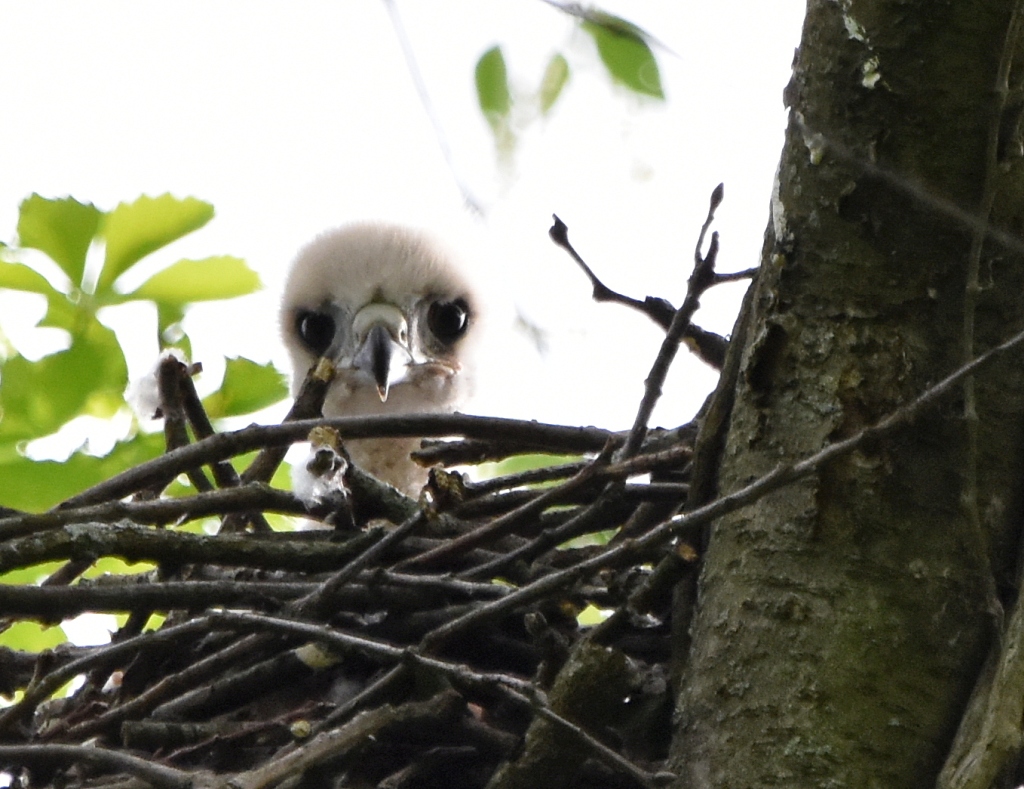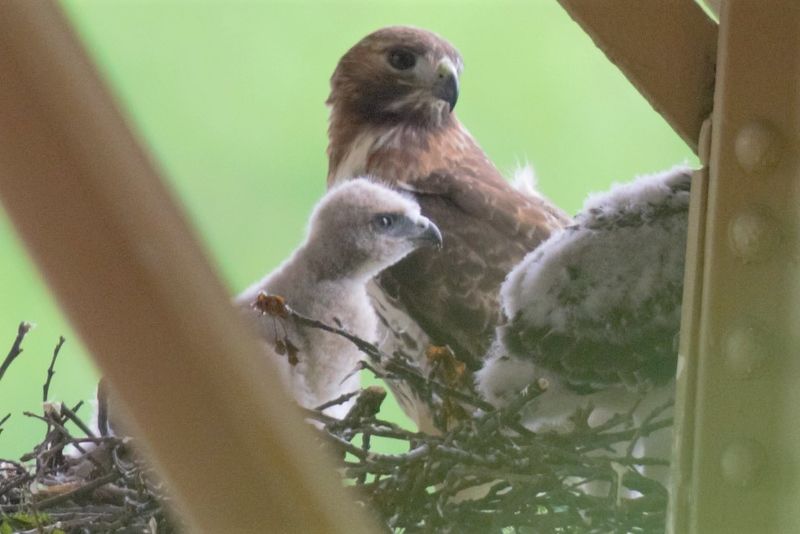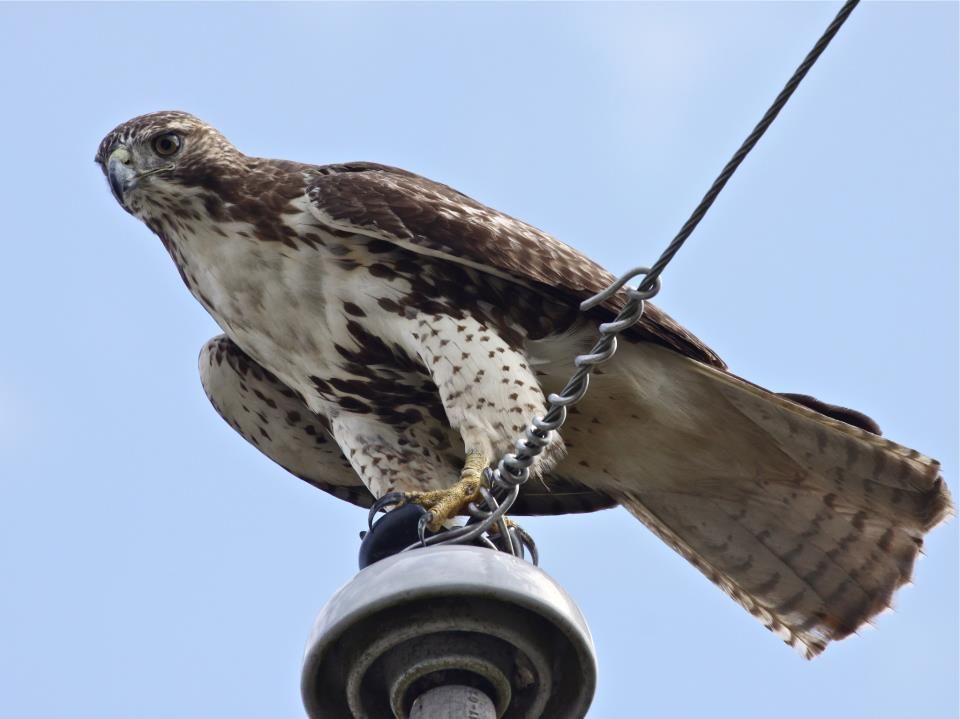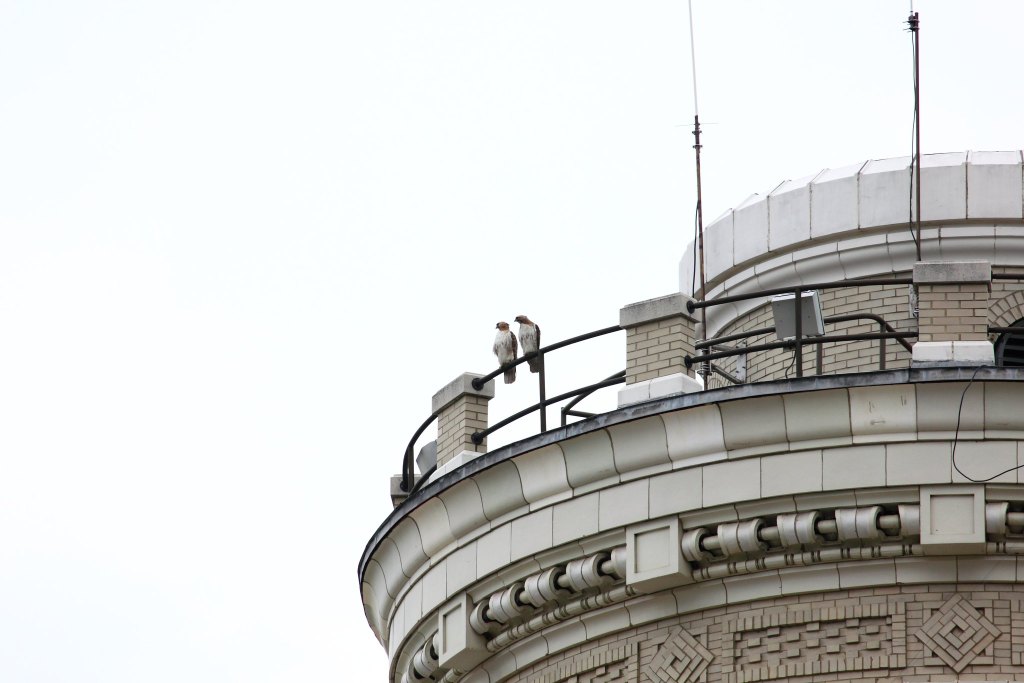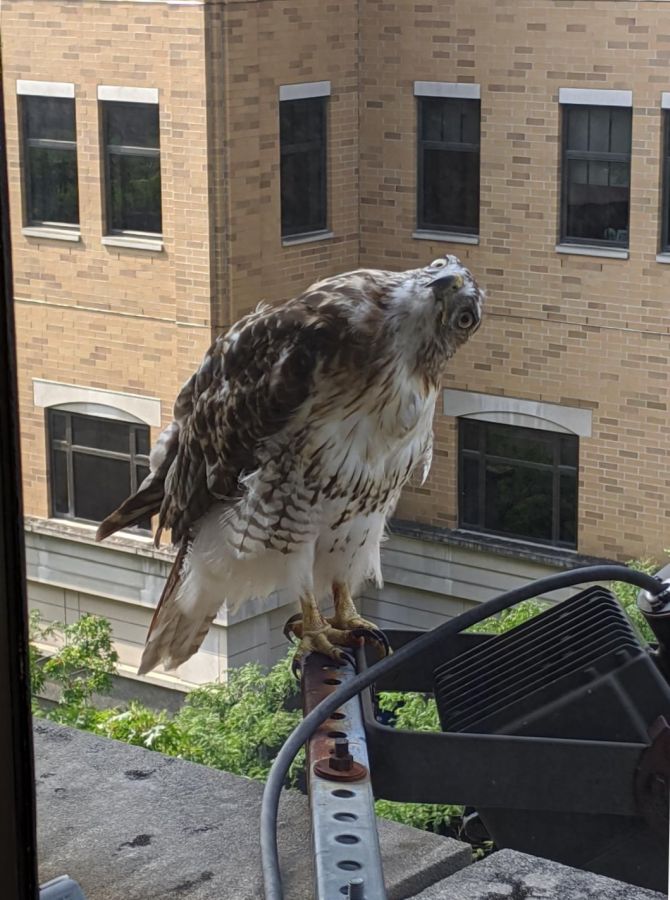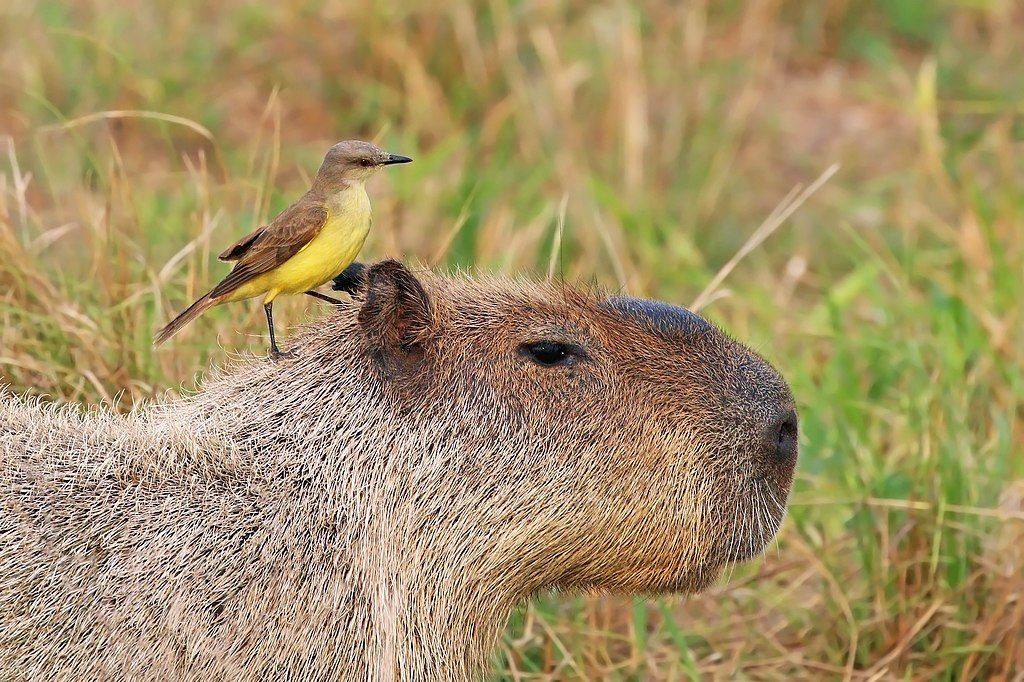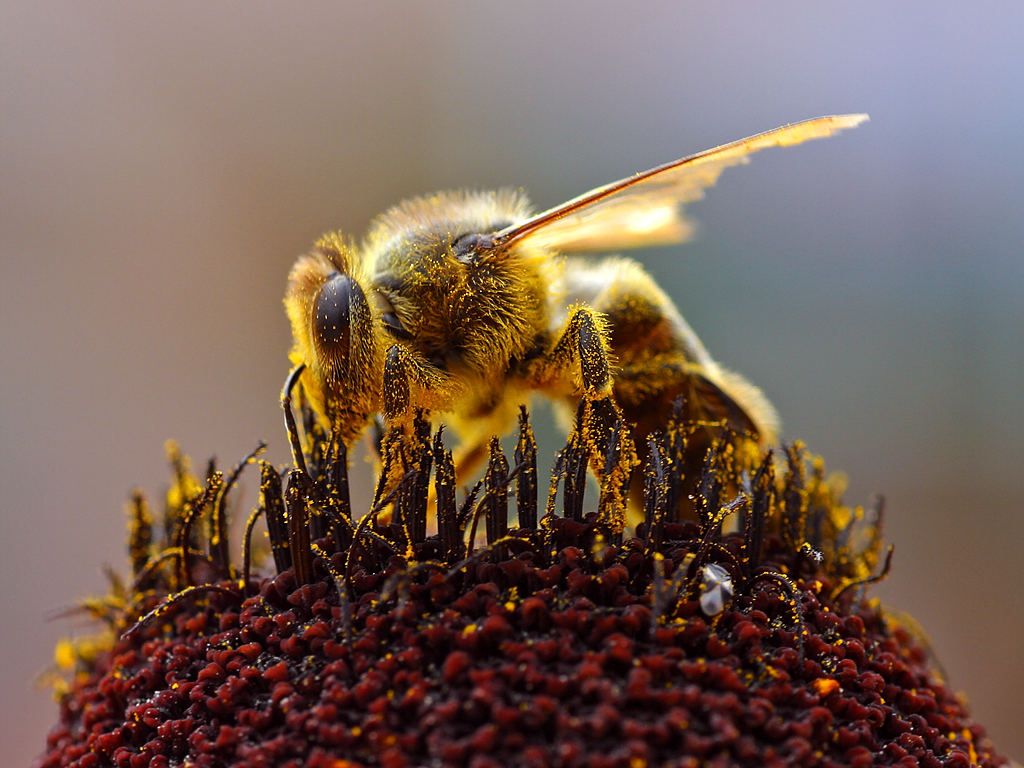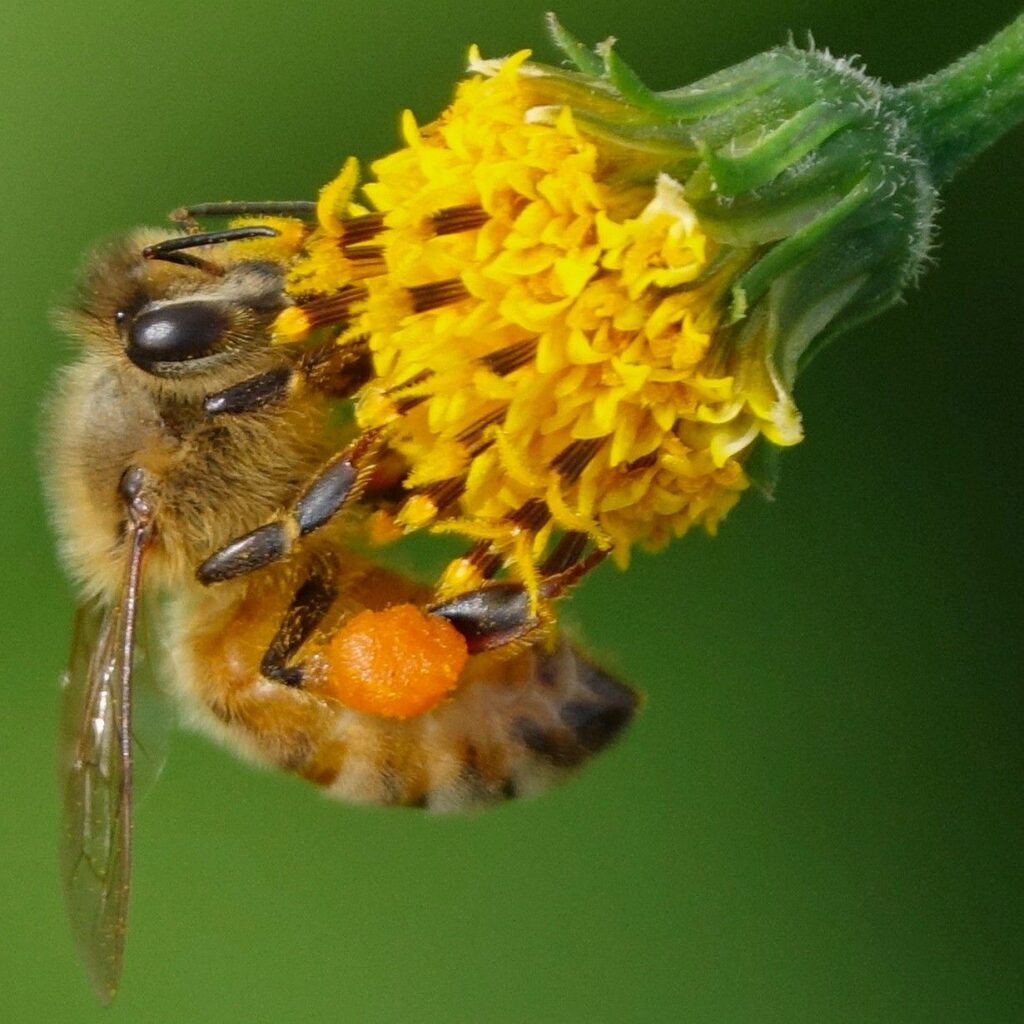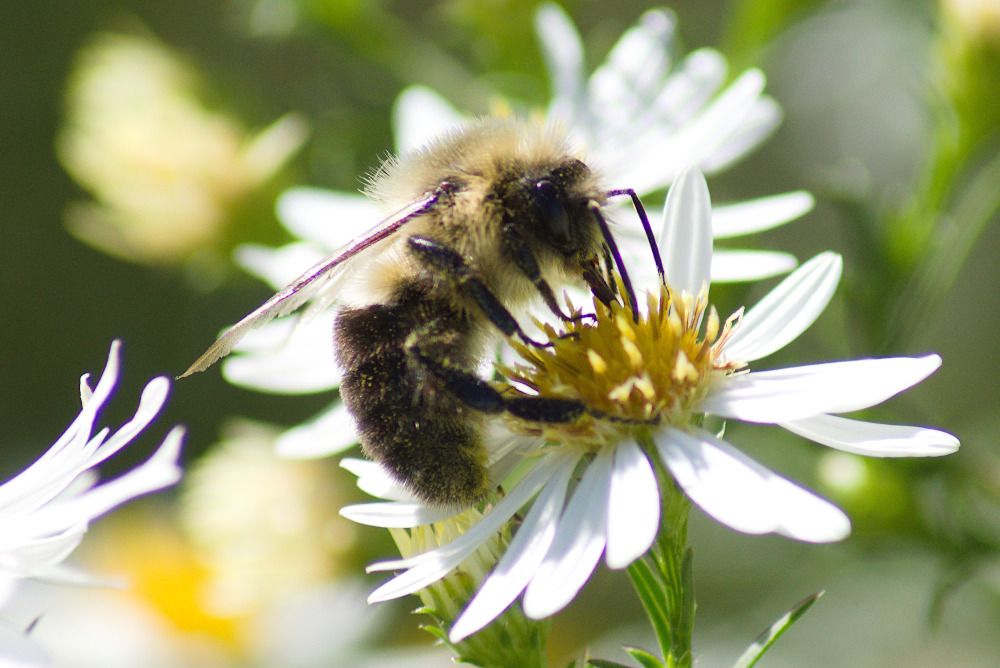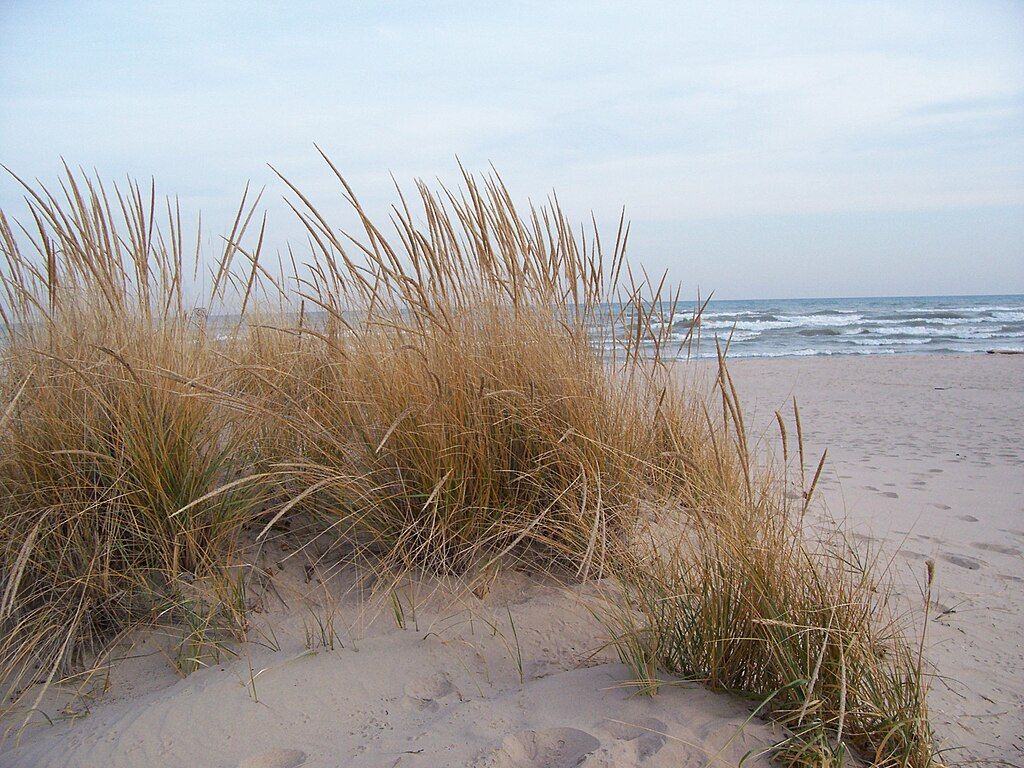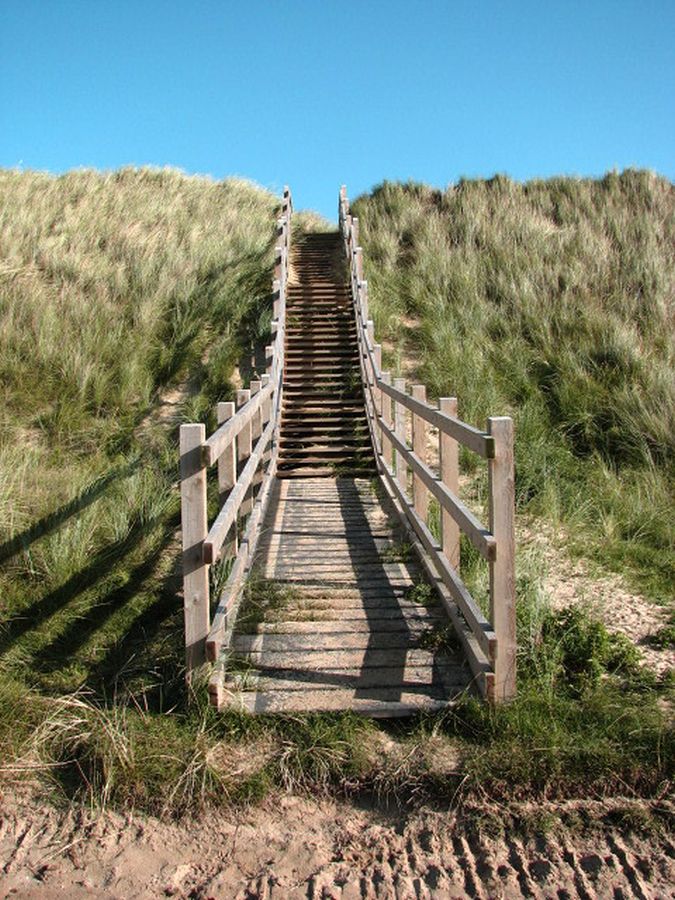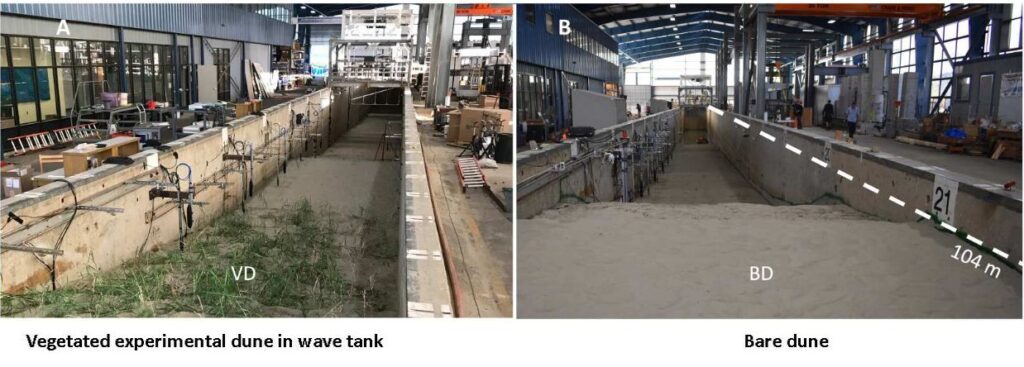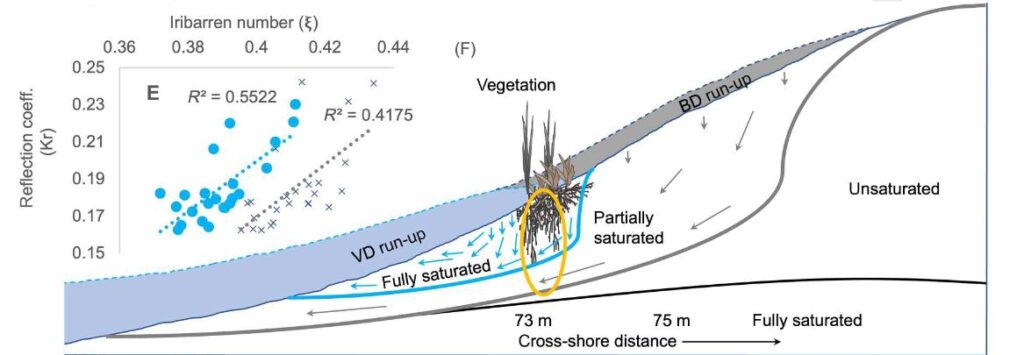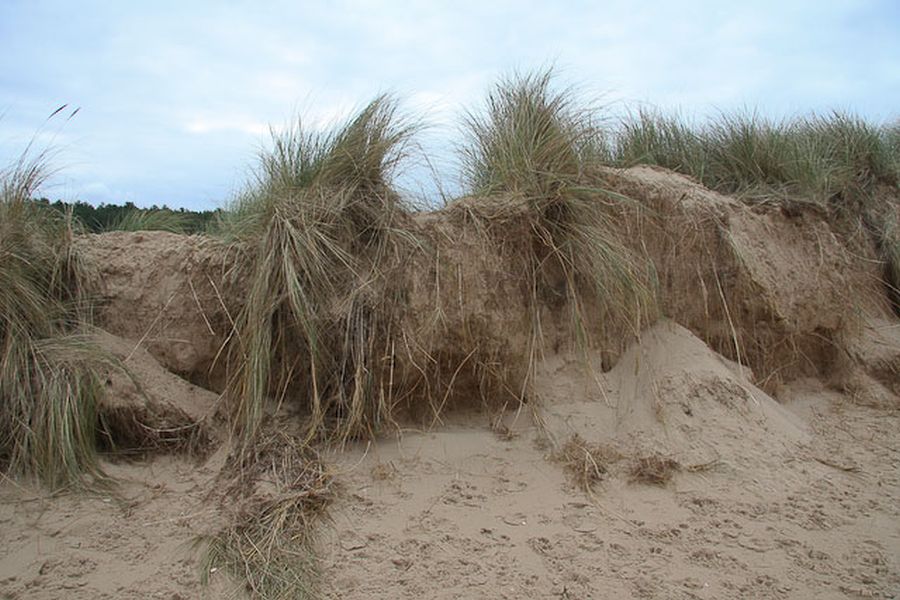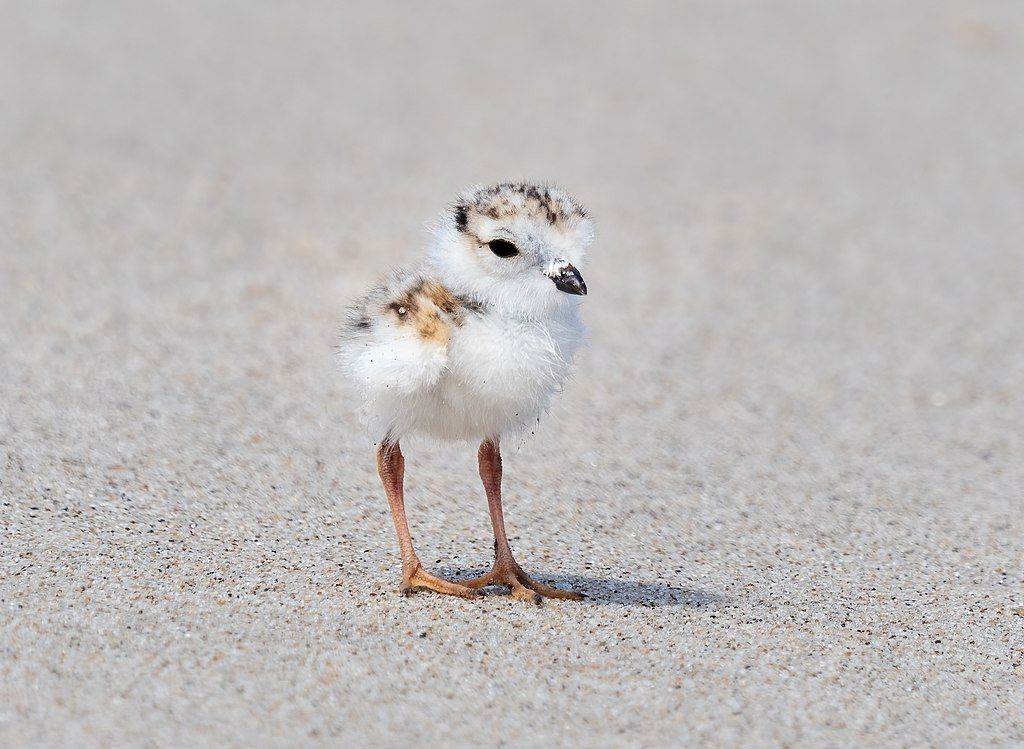
7 July 2023
This weekend I’m at Cape Cod where some of the beaches are cordoned off to protect piping plover nests and chicks.
Piping plovers are also protected in Queens by the NYC Plover Project, @NycPlover that tweeted 10 amazing facts about these cute endangered birds.
This endangered piping plover chick is 14 days old.
— NYC Plover Project (@NycPlover) July 3, 2023
HERE ARE 10 PIPING PLOVER FACTS:
1. Piping plover chicks must feed themselves from birth.
? pic.twitter.com/8OnqzSOyiH
I have unspooled the thread below for those of you who don’t have Twitter access.

Gateway Natl Rec Area and 9 others
from Queens, NY

HERE ARE 10 PIPING PLOVER FACTS:
1. Piping plover chicks must feed themselves from birth.
2. Once they hatch, chicks don’t have a home base or nest.
3. Both parents fiercely protect them but they must have undeterred access to the water’s edge to feed.
4. If they don’t, they will die.
5. Few plover chicks live long enough to fly.
6. Once they are able to fly – at about 1 month – they are over a significant hurdle but still face many threats.
7. Piping plovers are federally protected under the Endangered Species Act of 1973. They are also protected under New York State law as a NYS endangered species.
8. There are fewer piping plovers than polar bears on earth.
9. Multiple states including NY, NJ, MA, ME, IL, temporarily close beaches where plover chicks are present. This saves their young fragile lives.
10. As few as 6,000 piping plovers are left on the planet. A little inconvenience for us – for our day at the beach – can save their young lives. This is not a hard predicament. Let’s do it.
— Quoted from 3 July 2023 Tweet from NYC Plover Project @NycPlover
If you come upon a protected beach, please honor the barriers and keep your dogs away. These tiny birds depend on us.
UPDATE on 7 JULY 2023: Today I saw baby piping plovers in the protected zone at Sea Gull Beach in Yarmouth, MA. So cute!!
(click on the links to see the originals)
